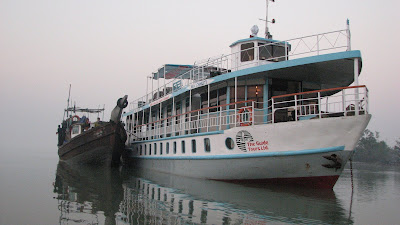
After returning from India, JP and I started growing things. Arugula (wilted flowers pictured here), heirloom tomatoes, Portugal hot peppers, sugar snap peas, herbs, cucumbers, and mesclun for eating, marigolds and hollyhocks for dyes.
Our apartment is overgrown, our fire escape would be hazardous to negotiate in a fire situation, and we've spread our growing fervor to neighbors. We have a community garden plot too. A 4 x 4 plot of arable land. 16 square feet to farm. We compost food scraps. We save water for the plants by keeping big jars and buckets in the shower while waiting for the water to heat up. We haven't produced much yet, but each tomato is cherished and shared in a slightly ceremonious pseudo-harvest.
Now if only my landlord would let me on the roof...









